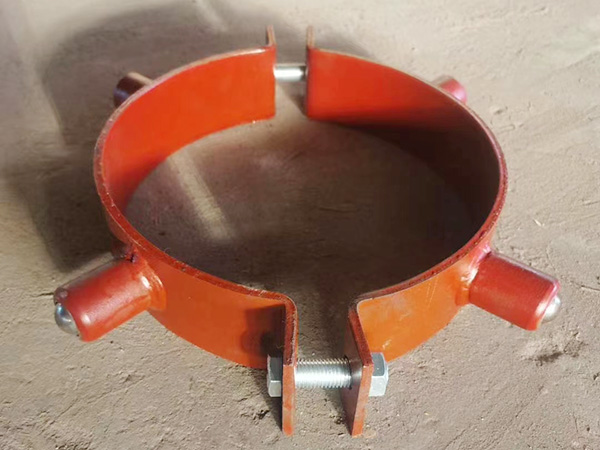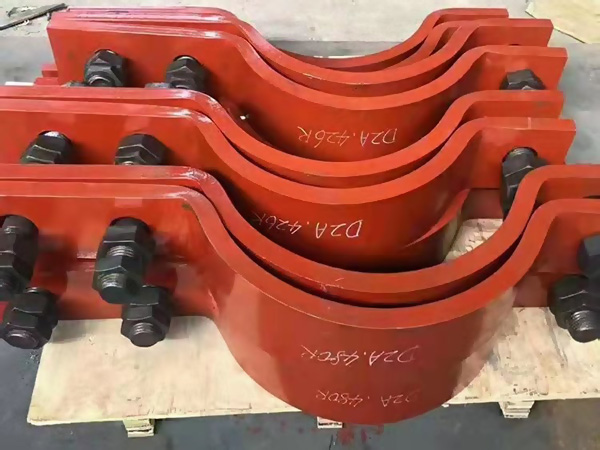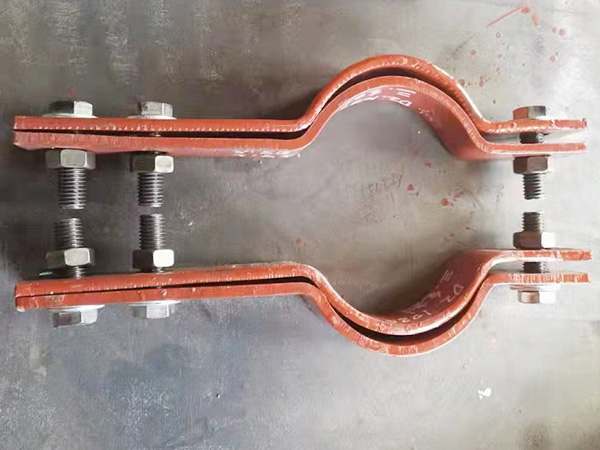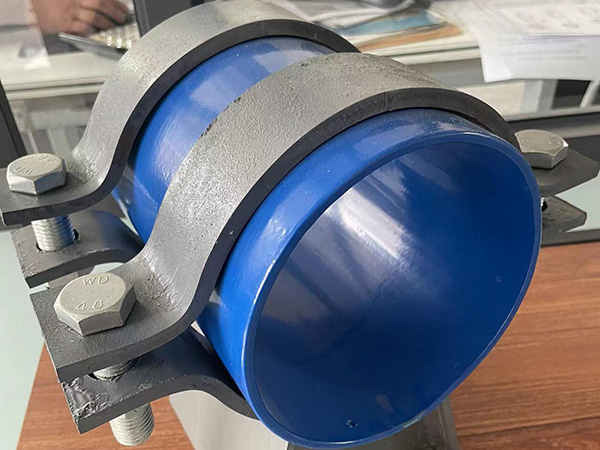Advantages and Disadvantages of Different Connection Types of Pipe Tees
Author:Mingde Time:2025-04-29 00:59:57 Click:89
Pipe tees are essential components used to divide or combine fluid flow in pipelines. Based on their connection types, tees can be classified into several categories, each with specific advantages and limitations depending on application, pressure, temperature, and installation conditions. The most common connection types include butt-weld, socket-weld, threaded, and flanged.
This article provides a detailed comparison of the pros and cons of each connection type to aid in proper tee selection.
1. Butt-Weld Tee
Description:
Butt-weld tees are connected by welding the ends directly to the pipe, providing a smooth flow transition.
Advantages:
Strong, leak-resistant joint: Suitable for high-pressure and high-temperature environments.
Smooth internal surface: Minimizes pressure loss and turbulence.
Durable and long-lasting: Ideal for permanent installations.
Widely accepted by ASME B31.3, B31.1 codes.
Disadvantages:
Requires skilled welding and inspection: Installation cost is higher.
Not ideal for frequent disassembly: Once welded, hard to modify.
Needs proper alignment: Misalignment can cause stress and flow issues.
Best Applications:
Power plants, chemical processing, oil and gas pipelines.
2. Socket-Weld Tee
Description:
The pipe is inserted into a socket in the tee and then fillet-welded around the joint.
Advantages:
Easy to align: Suitable for small diameter pipes (generally under 2”).
Stronger than threaded connections: Offers pressure integrity.
No need for full penetration welds: Easier welding compared to butt-weld.
Disadvantages:
Crevice at the weld area: Can lead to corrosion in aggressive fluids.
Not preferred for larger pipes: Strength and flow restriction concerns.
Requires welding: Not suitable for systems needing frequent modification.
Best Applications:
High-pressure steam lines, hydraulic systems, compact piping layouts.
3. Threaded Tee
Description:
Pipes are screwed into the tee’s internal threads, typically NPT or BSP standards.
Advantages:
Easy and fast to install: No welding or special tools required.
Ideal for temporary or low-cost systems.
Easy to disassemble and reconfigure.
Disadvantages:
Limited pressure and temperature resistance.
Prone to leakage if not sealed properly.
Thread wear and loosening over time.
Not suitable for corrosive or hazardous media due to potential leakage.
Best Applications:
Low-pressure water systems, compressed air lines, temporary installations.
4. Flanged Tee
Description:
Tees with flange ends are bolted to mating flanges on the pipeline.
Advantages:
Easy to assemble, disassemble, and maintain.
No need for skilled welding.
Good for systems that require regular inspection or part replacement.
Disadvantages:
Bulky and heavy: Not ideal where space or weight is limited.
Costlier than threaded or socket-welded options.
More potential leak points: Requires proper gasket and bolt torqueing.
Best Applications:
Large-diameter pipelines, systems with frequent maintenance, industrial process plants.
 Hot Products
Hot Products
 Contact Us
Contact Us
Contact:
Mobile:+86 +86 19133378808
Website:mingdepipe.com
Address:










